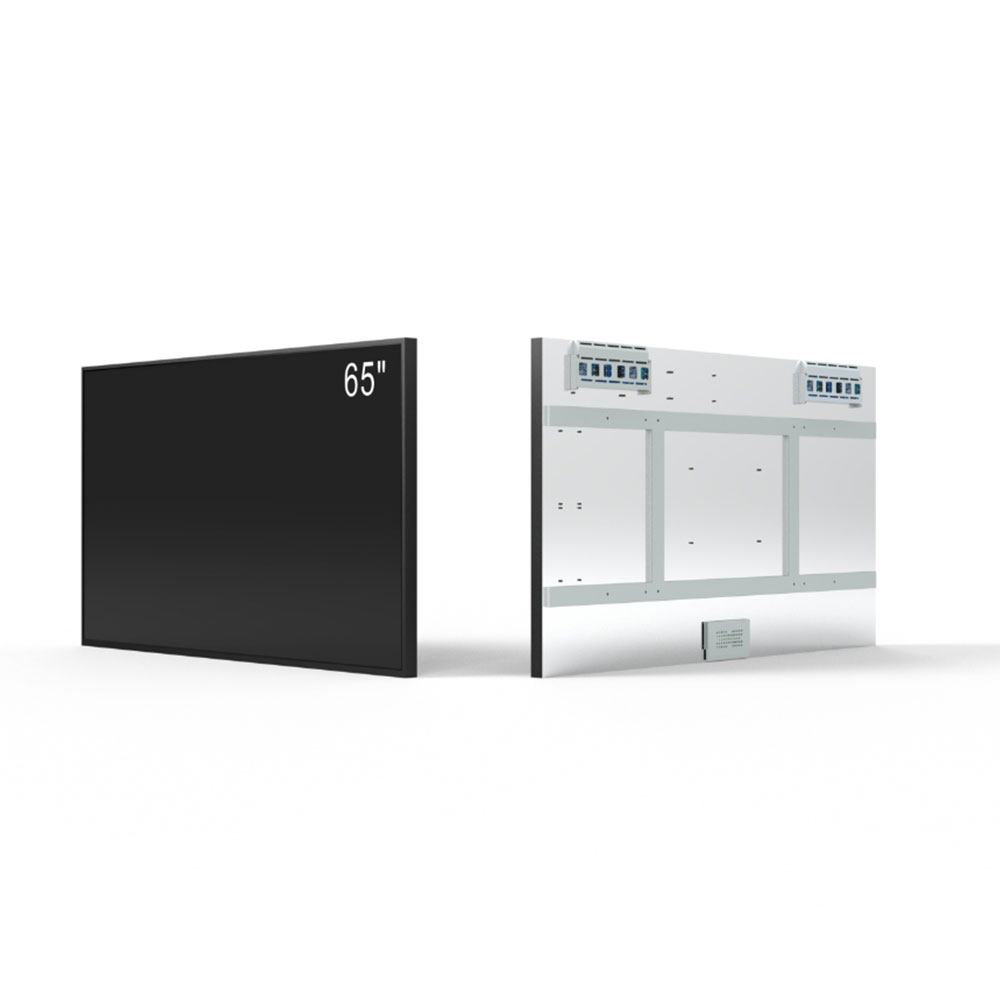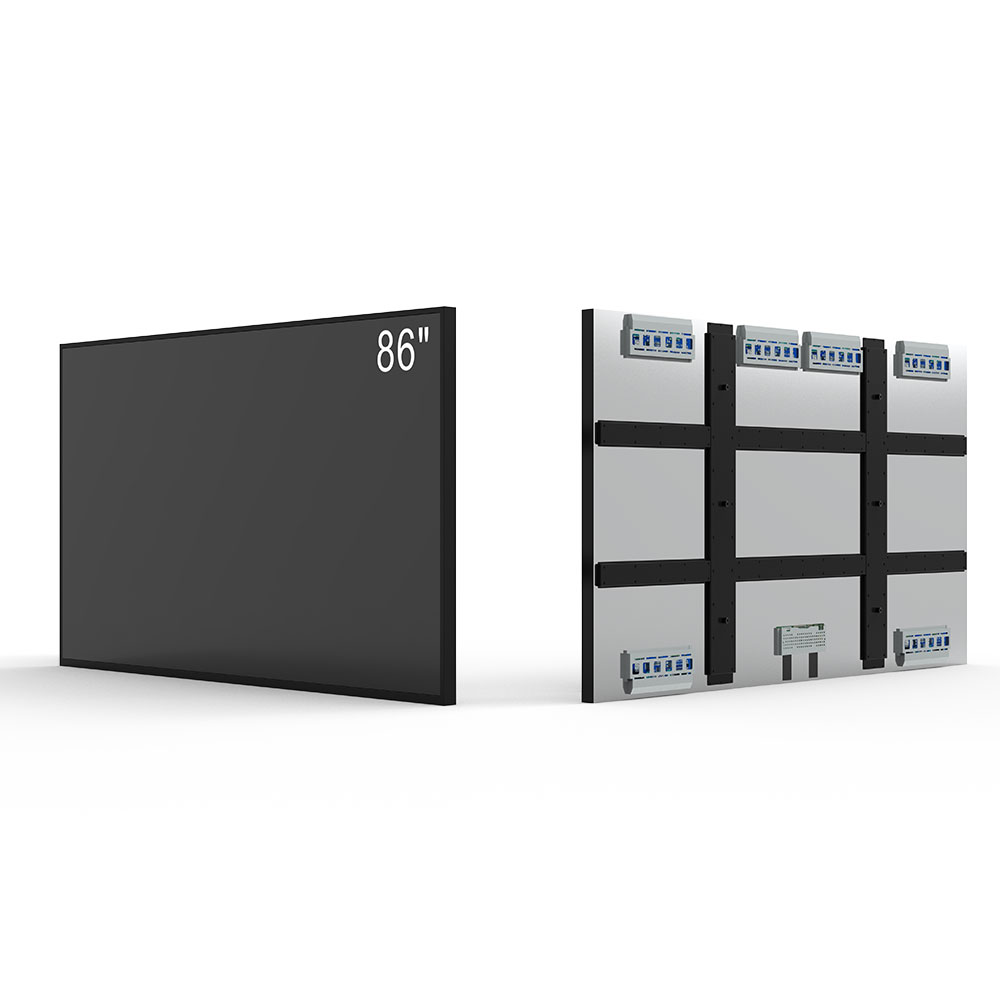- Home
- About Us
- Products
- News
- Video
- Contact
- Send Inquiry
Search
- Home
- About Us
- Products
- News
- Video
- Contact
- Send Inquiry

High-brightness sunlight-readable LCD screens are critical in applications where visibility under direct sunlight is essential—such as military field operations, outdoor industrial equipment, agricultural machinery, and public transportation systems. These displays must deliver clear, readable content even when exposed to intense ambient light conditions (often exceeding 100,000 lux), far beyond the capabilities of standard consumer-grade LCDs that typically perform well only up to 5,000–7,000 lux.
The core challenge in designing such screens lies in balancing brightness, contrast, and power efficiency while maintaining durability in extreme temperatures, humidity, and mechanical stress. Industry leaders like BAE Systems, Siemens, and companies specializing in ruggedized displays—including ELO Touch Systems and Sharp Corporation—have invested heavily in optimizing these parameters using advanced backlighting, anti-reflective coatings, and adaptive brightness control algorithms.

One key technological advancement is the use of high-luminance LED backlights, which can produce brightness levels from 3,000 to 10,000 cd/m² or higher. For example, a study published in IEEE Transactions on Consumer Electronics (2022) demonstrated that 5,000 cd/m² brightness combined with a micro-lens array diffuser significantly improved readability in full sunlight without increasing power consumption excessively. This approach also reduces glare through polarization techniques, making it ideal for mobile command centers or construction vehicles operating in desert environments.
Another important innovation is the integration of automatic ambient light sensors (ALS). These sensors dynamically adjust screen brightness based on real-time lighting conditions—a feature now common in modern military-grade tablets and handheld GPS units. According to a case study by Rockwell Collins (now part of Collins Aerospace), this adaptive system reduced energy consumption by up to 40% while enhancing user comfort and reducing eye strain during prolonged outdoor use.
Manufacturers also leverage polarized filters and anti-reflection (AR) coatings on the front glass surface to minimize specular reflection. A recent report by Display Supply Chain Consultants (DSCC) highlights that multi-layer AR coatings with nanostructured surfaces reduce reflectivity to less than 1%, enabling readability even at oblique viewing angles. Such coatings are especially effective in maritime and aviation settings where sun angles change rapidly.

In addition to optical performance, environmental resilience is paramount. MIL-STD-810G-certified displays undergo rigorous testing for shock, vibration, temperature extremes (-40°C to +70°C), and ingress protection (IP65 or higher). For instance, Garmin’s aviation displays, used in commercial and military aircraft, meet both IEC 60068 and DO-160 standards for electromagnetic compatibility and operational robustness.
From a manufacturing perspective, high-brightness LCDs often utilize IPS (In-Plane Switching) or VA (Vertical Alignment) panel technologies due to their wide viewing angles and superior contrast ratios. While TN panels offer faster response times, they fall short in color accuracy and off-axis clarity—critical drawbacks for mission-critical applications.
Finally, future trends point toward OLED-based solutions for sunlight readability, though current OLEDs remain limited by lower peak brightness compared to LED-backlit LCDs. However, emerging micro-OLED and mini-LED technologies promise higher brightness with better energy efficiency, potentially reshaping the landscape of rugged display design by 2027.
